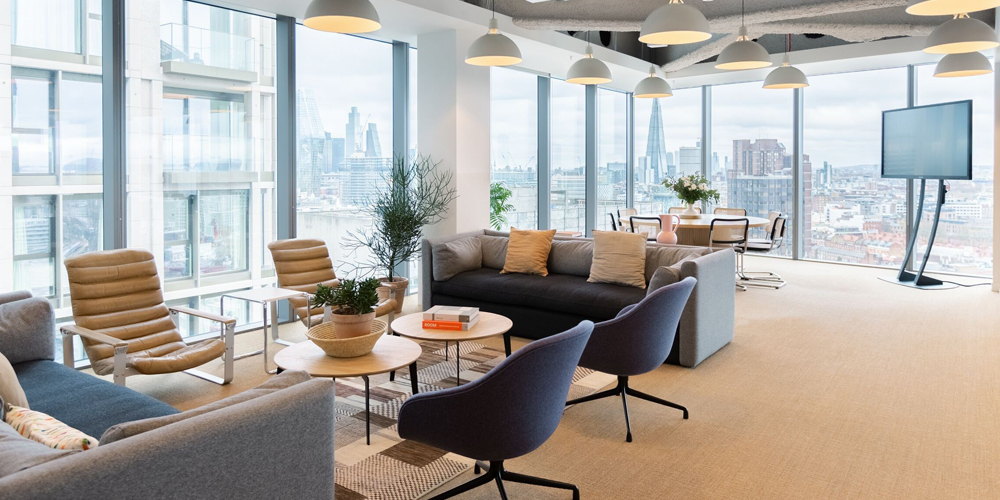CBRE Group, Inc., the Dallas, Texas-headquartered commercial real estate services and investment firm surveyed corporate real estate decision-makers on their evolving approaches to workplaces as offices reopen and the actions they’re taking to accommodate new ways of working. Below are five key takeaways from the Spring 2022 Occupier Sentiment Survey.
1. Return to the Office
Organizations worldwide anticipate greater in-person office attendance in 2022. However, the pace of returning varies widely. Executives and managers must lead by example. In-person office attendance in American and EMEA remains relatively low. Meanwhile office attendance in Asia-Pacific, led by Japan, Korea and Taiwan, is essentially back to pre-pandemic levels, says CBRE.
Additionally, U.S. companies have taken a voluntary approach, often leaving the decision to return to their employees and their managers. After two years of working from home, many companies are taking steps to bring employees back to the office by establishing clear, consistent employee policies and timetables across the organization. CBRE notes its best practice to give employees time to adjust to new working patterns, enabling them to fine-tune schedules to plan for dependent care and semi-regular office commutes. Companies that plan thoughtfully — and communicate the purpose and value of the office —- will be more successful in achieving buy-in among managers and employees.
2. Hybrid work accepted globally but cultural nuanced
Hybrid work is now broadly accepted by most companies, but the adoption of it differs by geography and organizational needs. In Europe and the U.S., most employers support hybrid work. Employees greatly value autonomy. In the Asia-Pacific region, organizations intend to embrace hybrid work, but few have formal hybrid policies. Very few companies across the globe intend to allow employees to work virtually full time, according to CBRE, indicating employers still strongly value the physical office.
3. In-Person Office Attendance = Key to Sustaining Organizational Culture
Employers still see value in bringing people together in the office. Companies expect employees to spend half their time in the office. However, in the Asia-Pacific region, employees are expected to spend most of their time in the office. Meanwhile, U.S. and European decision makers have accepted or actively embraced hybrid work arrangements.
In-person collaboration will strongly influence and the change the way offices are designed. Companies want more shared spaces that suit a variety of activities and less of a demand for heads-down workspaces. Employers are investing more in interior-fit-outs and upgrading to better quality buildings that promote wellness and attract new and existing talent back to the office.
4. Quality over Quantity
As hybrid work strategies become clearer, real estate decision makers are making more long-term commitments. Many companies expect to maintain their current portfolio size, acknowledging that the greater adoption of hybrid work will impact their real estate footprint. Real estate professionals in EMEA and the U.S. are divided on their approach. While business growth historically leads to larger office footprint, hybrid work likely requires less space per employee. Half of respondents expect to expand or maintain the size of their portfolio over the long term. For those intending to reduce their footprint, it is largely due to office underutilization amid hybrid work.
5. Better Buildings
The fifth trend, and perhaps the most important for commercial integrators, is the purpose of the office is changing. As companies adopt new patterns of working, building owners are increasingly becoming active partners with their tenants and creating places and experience that enable workers to be productive, healthy and engaged when at the office.
Companies are seeking physical design elements and offering highly configurable, flexible open floor spaces, flexible lease terms and sustainable building features. They’re also looking to enhance employee wellbeing, such as indoor air quality measures and experiences like food and beverage offerings, as well as more outdoor space. Digital offerings are also starting to become more popular, including building apps that help occupiers connect with neighboring tenants, building services and neighborhood amenities.










